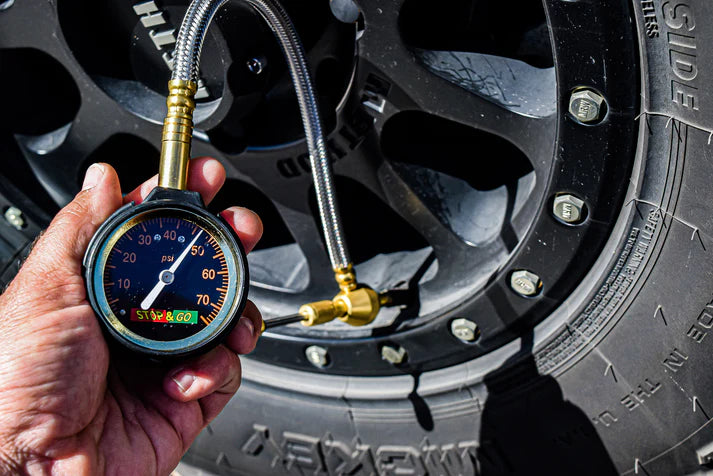Ensuring your vehicle's tires are properly inflated is crucial for both safety and performance on the road. Yet, many drivers are unsure of the correct tire pressure for their vehicles or how to check it. In this guide, we'll walk you through the importance of maintaining the right tire pressure and provide simple steps to check and adjust it effectively.
Why Tire Pressure Matters
Tire pressure plays a vital role in various aspects of your vehicle's performance and safety. Incorrect tire pressure can lead to:
- Reduced Fuel Efficiency: Underinflated tires increase rolling resistance, causing your vehicle to work harder and consume more fuel.
- Uneven Tread Wear: Improperly inflated tires wear out faster and unevenly, reducing their lifespan and necessitating premature replacement.
- Poor Handling: Overinflated tires can lead to decreased traction and stability, affecting your ability to control the vehicle, especially in adverse weather conditions.
- Increased Risk of Blowouts: Overinflated tires are more prone to blowouts, while underinflated tires can overheat and fail, posing a safety hazard.
Recommended Tire Pressure
To find the recommended tire pressure for your vehicle, refer to the owner's manual, the sticker located on the driver's side door jamb, or the manufacturer's website. This information is specific to your make, model, and sometimes even the load you're carrying.
How to Check Tire Pressure
Follow these simple steps to check your tire pressure accurately:
- Obtain a quality tire pressure gauge: Digital or analog gauges are available at auto parts stores and are relatively inexpensive.
- Park your vehicle on a level surface: Ensure the tires are cool, as tire pressure increases when they are warm from driving.
- Locate the valve stem: Remove the valve cap and attach the tire pressure gauge securely onto the valve stem.
- Read the pressure: The gauge will display the current tire pressure. Compare this reading to the recommended pressure for your vehicle.
- Adjust if necessary: If the pressure is too low, use an air compressor to add air until it reaches the correct psi (pounds per square inch). If it's too high, release air by pressing the center pin in the valve stem with the gauge or a small tool.
Maintaining the correct tire pressure is a simple yet crucial aspect of vehicle maintenance that directly impacts safety, fuel efficiency, and tire longevity. By following the recommended tire pressure for your vehicle and regularly checking and adjusting it as needed, you can enjoy a smoother ride, improved handling, and peace of mind on the road. Remember, proper tire pressure not only keeps you safe but also saves you money in the long run.


